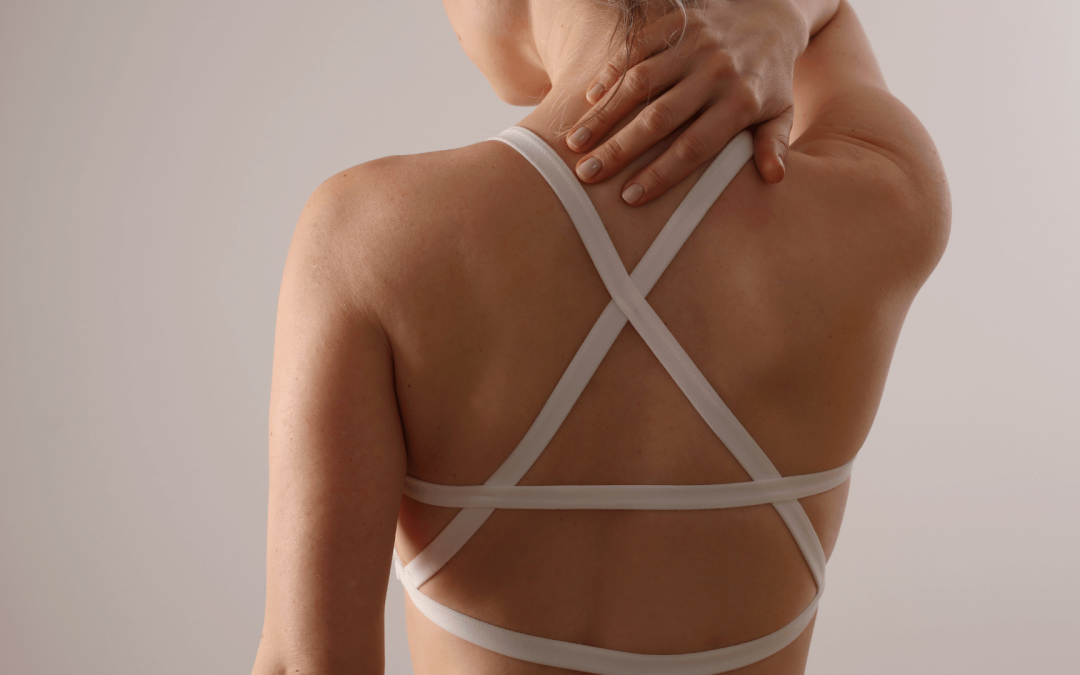Although you may not be familiar with the term Upper Cross syndrome (UCS), you have more than likely seen people with this type of postural imbalance. UCS is characterised by rounded and elevated shoulders, forward positioning of the head and a rounding of the upper spine and neck or an increased thoracic kyphosis and a cervical lordosis.
This posture is often see in the elderly,it is becoming increasingly common earlier in life, especially in those who work at desks, hunched over a computer, those who drive vehicles for long periods and those who slouch in sofas and are relatively inactive. Over an extended period of time, the muscles at the front of the chest and rear of the neck become shortened and tight whist the flexors of the neck and the muscles stabilising the scapula, become weakened and lengthened. This creates and maintains the muscular imbalances we see in UCS.
The term UCS refers to the positioning of the weak and tight muscle groups. As viewed from the side, the muscles in the mid back and the upper neck create a line of weakness that is intersected by a line of tension travelling from the posterior neck to the upper chest wall.
With this type of posture the pain is surrounding the base of the skull, at the midpoint in the neck and/or at the spinal levels between the shoulder blades. It is common for those with UCS to complain of headaches associated with the muscular tensions and restrictions of the neck. Due to the altered positioning of the shoulder blade, shoulder problems can develop along with radiation of pain or numbness into the arms.
As the sternum becomes depressed, breathing becomes more difficult and maximum lung capacity is reduced which is of particular interest to athletes and those suffering pre-existing respiratory conditions.
How do we prevent it?
The treatment for UCS starts with the lengthening of the tissues that have become shortened and tight. This means stretching out and increasing the length of the muscles in the front of the chest and the back of the neck.
The spine and peripheral joints are assessed for restrictions and treated accordingly with gentle mobilisations, articulations and adjustments if needed. Finally, exercises are given to target and strengthen specific muscles that are weak. This provides the basis for long term management as the combination of osteopathic treatment plus targeted exercise can successfully be used to treat not only the symptoms but the cause of this condition.
If you experience any of these symptoms or recognise similar poor posture in yourself, why not book an appointment with one of our qualified osteopaths today, to work out a treatment plan tailored to you.

